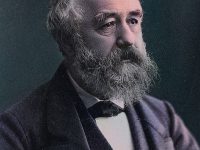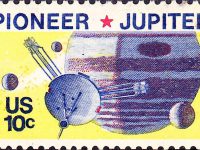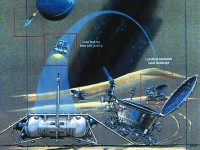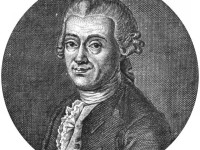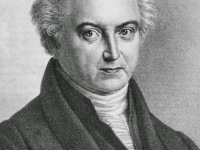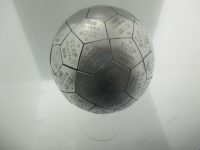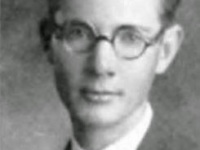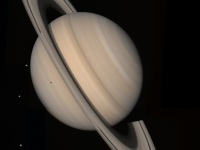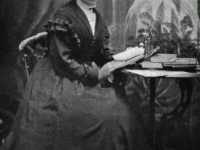Rudolf Wolf and the Discovery of the Sunspot Cycle
On July 7, 1816, Swiss astronomer and astronomical historian Rudolf Wolf was born. Wolf’s main contribution was the discovery of the 11 year sunspot cycle and he was the co-discoverer of its connection with geomagnetic activity on Earth. Rudolf Wolf – Early Years and Academic Career Johann Rudolf Wolf was born in Fällanden, near Zurich, to Regula Gossweiler and Johannes Wolf, who was a minister in the Church. After studying at the Zurich Industrieschule,…
Read more

